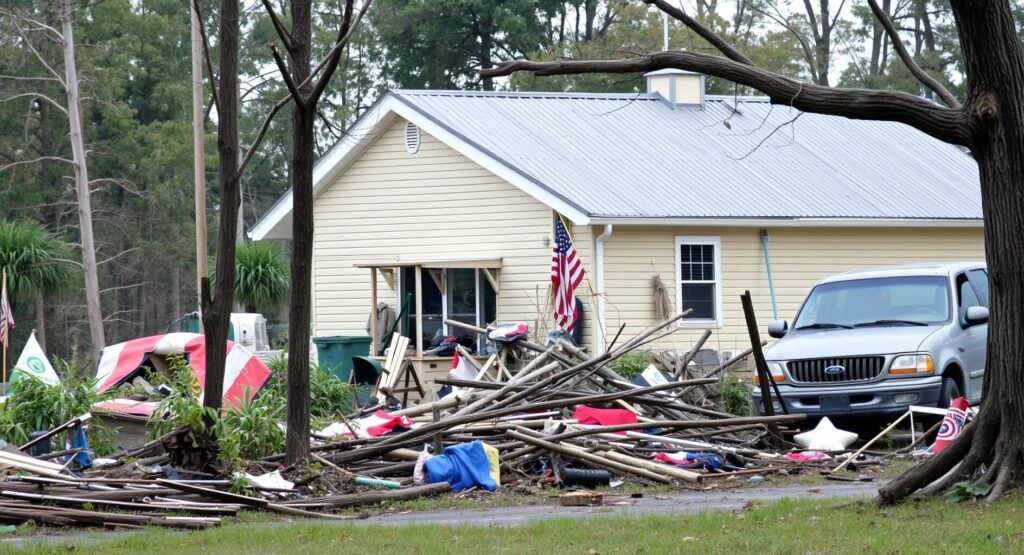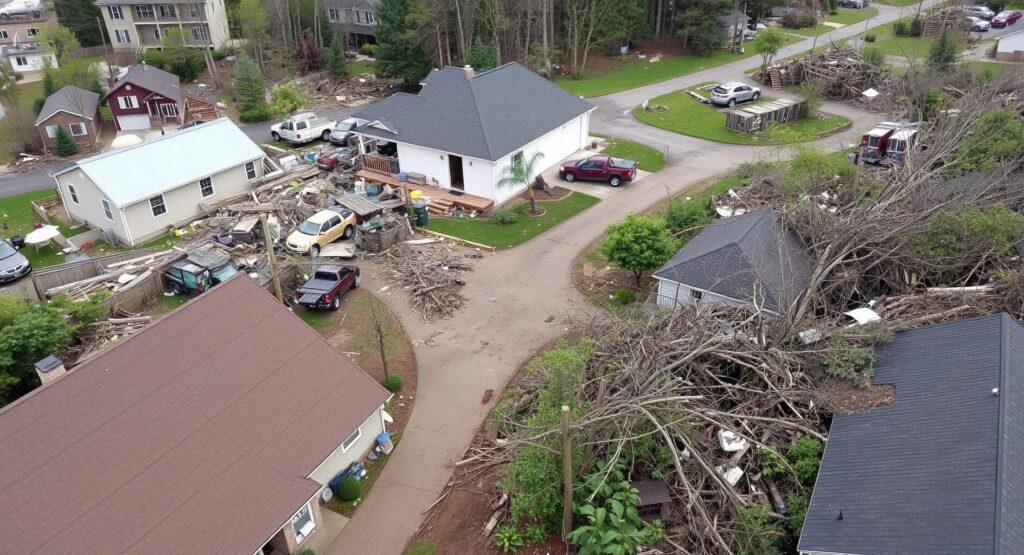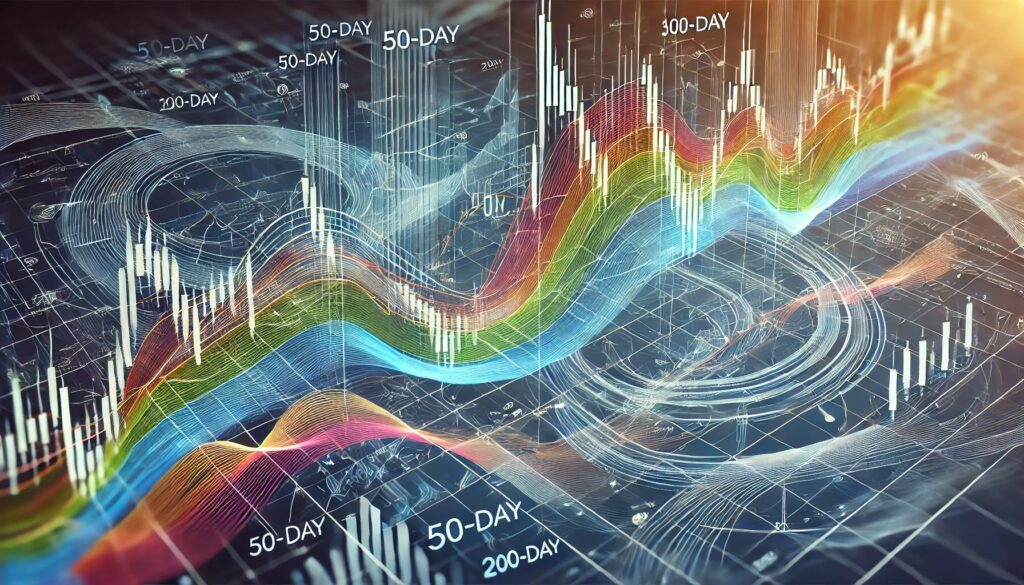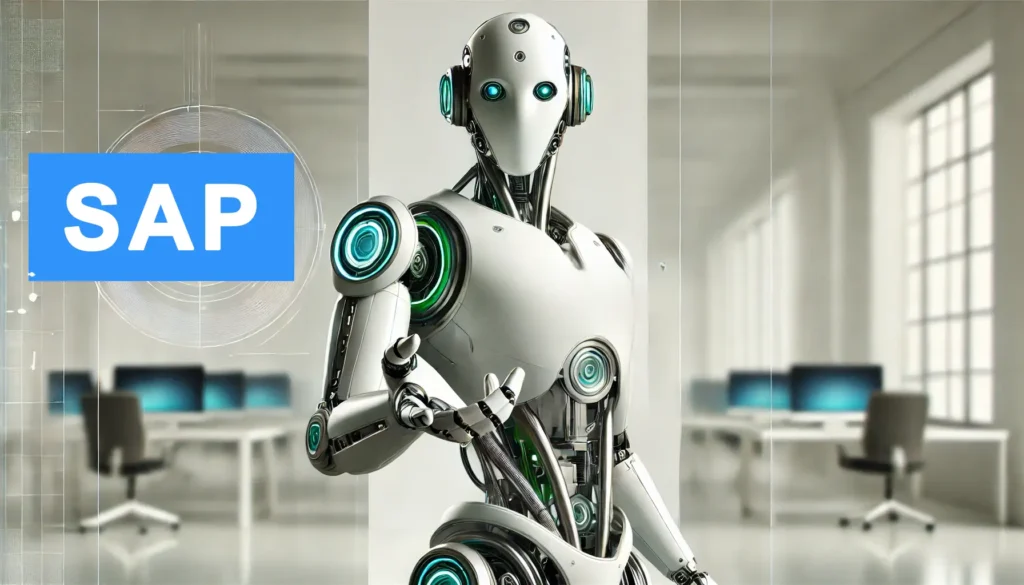
The New Age of Environmental Safeguarding
Imagine a world where we can foresee natural disasters with almost pinpoint accuracy. What if we could prevent the devastating impacts of hurricanes, earthquakes, and floods? Well, that world is not as far off as you might think. In fact, it’s closer than ever, thanks to the rapid advancements in artificial intelligence (AI). As climate change accelerates, AI is becoming an indispensable tool in environmental risk management, offering new ways to predict and even mitigate the effects of natural disasters. This article will explore how AI is transforming our approach to environmental protection, saving lives, and preserving our planet.
The Backbone of AI Prediction: Algorithms
At the heart of AI’s predictive capabilities are algorithms—specific sets of instructions that guide the AI in processing data and making predictions. Different types of algorithms are employed depending on the type of disaster being predicted.
Neural Networks and Deep Learning
Neural networks are the cornerstone of many AI applications, including disaster prediction. These networks are modeled after the human brain, consisting of layers of interconnected nodes (or neurons) that process information. In disaster prediction, neural networks are used to identify patterns in vast datasets that might indicate an impending natural event.
Deep learning is a subset of machine learning that utilizes multi-layered neural networks. It’s particularly effective in handling large, complex datasets. For example, in predicting hurricanes, deep learning models analyze vast amounts of meteorological data, including wind patterns, sea surface temperatures, and historical hurricane paths. The model learns from this data, improving its predictive accuracy over time.
Convolutional Neural Networks (CNNs) are a type of deep learning model particularly adept at analyzing visual data, such as satellite images. CNNs have been used in flood prediction, where they analyze satellite imagery to detect changes in land and water bodies that might precede flooding.
Time Series Analysis and Recurrent Neural Networks (RNNs)
Time series analysis is crucial for predicting disasters that unfold over time, such as droughts or hurricanes. This method involves analyzing data points collected at successive times, often at uniform intervals. Recurrent Neural Networks (RNNs), including their advanced variant Long Short-Term Memory (LSTM) networks, are specifically designed for time series data. These models retain information from previous data points to predict future events, making them ideal for analyzing patterns that develop over time.
For instance, RNNs can be used in earthquake prediction by analyzing seismic activity data. The network processes sequences of seismic readings, learning to recognize patterns that might indicate an impending earthquake.
Feeding the Beast: Data Sources

The effectiveness of AI in predicting natural disasters is largely dependent on the quality and quantity of data it processes. AI systems rely on a diverse array of data sources to make accurate predictions.
Satellite Imagery and Remote Sensing Data
Satellites provide a bird’s-eye view of the Earth’s surface, capturing images that are invaluable for disaster prediction. Remote sensing technology allows satellites to gather data on environmental conditions, such as temperature, humidity, and land surface changes. This data is particularly useful in predicting events like hurricanes, floods, and wildfires.
For example, NASA’s Terra and Aqua satellites provide critical data on global temperatures and vegetation health, which can be used to predict droughts and wildfires. This data, when fed into an AI model, helps identify patterns that might lead to these disasters.
Meteorological Data
Meteorological data includes information on temperature, pressure, humidity, and wind speed, among other variables. This data is crucial for predicting weather-related disasters like hurricanes, tornadoes, and floods.
AI models use this data to simulate weather patterns and predict how they might evolve. For instance, by analyzing historical weather data alongside current conditions, AI can predict the likelihood of a hurricane forming and its potential path.
Seismic Data
Seismic data, which records the vibrations of the Earth’s crust, is essential for earthquake prediction. AI models analyze this data to detect patterns that might indicate an impending earthquake.
Seismic sensors scattered around the globe collect real-time data on ground movements. This data is fed into AI models, which analyze it to identify the subtle precursors of an earthquake. Some advanced models can predict earthquakes hours or even days in advance, giving communities valuable time to prepare.
Social Media and Crowdsourced Data
Interestingly, AI is also beginning to use data from social media and crowdsourcing platforms to predict disasters. During a disaster, people often post real-time updates on social media, providing a wealth of data that can be analyzed to detect emerging patterns.
For example, in the early stages of a wildfire, people might post about seeing smoke or unusual heat. AI models can analyze these posts alongside meteorological data to predict where the fire might spread next. This approach is particularly useful in urban areas where traditional sensors might be less effective.

Machine Learning Techniques: The Heart of AI Predictions
The true power of AI in disaster prediction lies in its ability to learn from data—a process known as machine learning (ML). Through ML, AI systems improve their predictions over time, becoming more accurate with each new dataset.
Supervised Learning
In supervised learning, the AI model is trained on a labeled dataset, where the input data is paired with the correct output. The model learns to associate patterns in the input data with the correct prediction.
For instance, in flood prediction, a supervised learning model might be trained on historical data where the occurrence of floods is already known. The model learns to recognize the conditions that led to past floods and applies this knowledge to predict future ones.
Unsupervised Learning
Unsupervised learning involves training the model on a dataset without explicit instructions on what to predict. The model identifies patterns and relationships within the data on its own. This technique is often used in anomaly detection, which is crucial for predicting rare and unexpected events like earthquakes or volcanic eruptions.
For example, an unsupervised learning model might analyze seismic data to detect unusual patterns of ground movement that could indicate an impending earthquake.
Reinforcement Learning
Reinforcement learning involves training the model to make decisions by rewarding it for correct predictions and penalizing it for incorrect ones. This technique is particularly useful in dynamic environments where the conditions change rapidly, such as in real-time disaster prediction.
In wildfire management, for instance, reinforcement learning models can be used to optimize firefighting strategies. The model learns the best actions to take in various scenarios by simulating different strategies and learning from the outcomes.
Insights from Experts in the Field
To fully understand the science behind AI in natural disaster prediction, it’s essential to consider the perspectives of those at the forefront of this field. Experts and developers who work with AI in disaster prediction emphasize the importance of collaboration between AI specialists, environmental scientists, and policymakers.
Dr. Amy McGovern, University of Oklahoma
Dr. Amy McGovern, a leading researcher in the application of AI to meteorology, highlights the importance of interdisciplinary collaboration. She notes that while AI can process vast amounts of data, its predictions are most valuable when combined with the expertise of meteorologists and disaster management professionals. McGovern’s team uses AI to predict severe weather events like tornadoes and hailstorms, with a focus on improving the accuracy of early warning systems.
Dr. Ilkay Altintas, San Diego Supercomputer Center
Dr. Ilkay Altintas, who leads the WIFIRE Lab at the San Diego Supercomputer Center, has developed AI models to predict and manage wildfires. She emphasizes the importance of real-time data integration, stating that “the ability to process and analyze data as it’s being collected is crucial for timely predictions.” Her work leverages AI to integrate data from satellites, weather stations, and social media to predict wildfire behavior and optimize firefighting strategies.
The Role of Big Data
Big data is at the heart of AI’s predictive power. The sheer volume of environmental data available today is staggering. Everything from satellite imagery to seismic readings feeds into AI systems. But this data would be useless without AI’s ability to process and make sense of it in real-time.
AI models can sift through petabytes of data to identify the subtle signs of an impending disaster. For instance, by analyzing the minute changes in land surface temperatures, AI can predict droughts months before they occur. Similarly, AI can detect the early signs of an earthquake by analyzing patterns in seismic activity that are too complex for traditional models to understand.
AI in Disaster Prevention
While prediction is crucial, prevention is where AI truly shines. By providing early warnings, AI gives communities valuable time to prepare for natural disasters, potentially saving countless lives. But AI doesn’t stop there. It also plays a significant role in reducing the impact of these disasters.
Smart Infrastructure
One of the most promising applications of AI in disaster prevention is in the development of smart infrastructure. AI can help design buildings and roads that are more resilient to natural disasters. For example, AI models can simulate how different structures would withstand an earthquake and suggest modifications to enhance their durability.
Moreover, AI can optimize the placement of critical infrastructure like hospitals and emergency shelters. By analyzing geographic and demographic data, AI can identify the safest locations for these facilities, ensuring they remain operational during and after a disaster.
Early Warning Systems
AI-powered early warning systems are another key tool in disaster prevention. These systems can detect the early signs of a disaster and send alerts to authorities and the public. For example, AI can monitor river levels and predict when flooding is likely to occur, giving communities time to evacuate.
In the case of wildfires, AI can analyze weather conditions, vegetation, and topography to predict where fires are likely to start and spread. This information allows firefighting teams to focus their efforts on high-risk areas, preventing small fires from turning into large-scale disasters.
The Challenges of AI in Environmental Risk Management
Despite its potential, AI in environmental risk management is not without its challenges. Data quality is a significant concern. The accuracy of AI predictions depends heavily on the quality of the data it analyzes. Inaccurate or incomplete data can lead to false predictions, potentially putting lives at risk.
Moreover, AI models are only as good as the algorithms they use. Developing these algorithms requires significant expertise and resources. There is also the challenge of integrating AI systems with existing disaster management infrastructure, which can be complex and costly.
The Future of AI in Environmental Protection
Looking ahead, the role of AI in environmental risk management will only grow. As AI technology continues to advance, we can expect even more accurate predictions and more effective prevention strategies. However, it’s essential to remember that AI is not a silver bullet. It is a tool that must be used in conjunction with other strategies to mitigate the impact of natural disasters.
Collaboration between AI experts, environmental scientists, and policymakers will be crucial in maximizing the potential of AI in this field. By working together, we can harness the power of AI to create a safer and more sustainable world.
Conclusion: A New Hope for Our Planet
In conclusion, AI represents a new frontier in environmental risk management. Its ability to predict and prevent natural disasters offers hope in an era where climate change poses unprecedented challenges. While there are still hurdles to overcome, the potential benefits of AI in this field are immense. By embracing AI, we can not only protect lives and property but also take a significant step toward safeguarding our planet for future generations.





